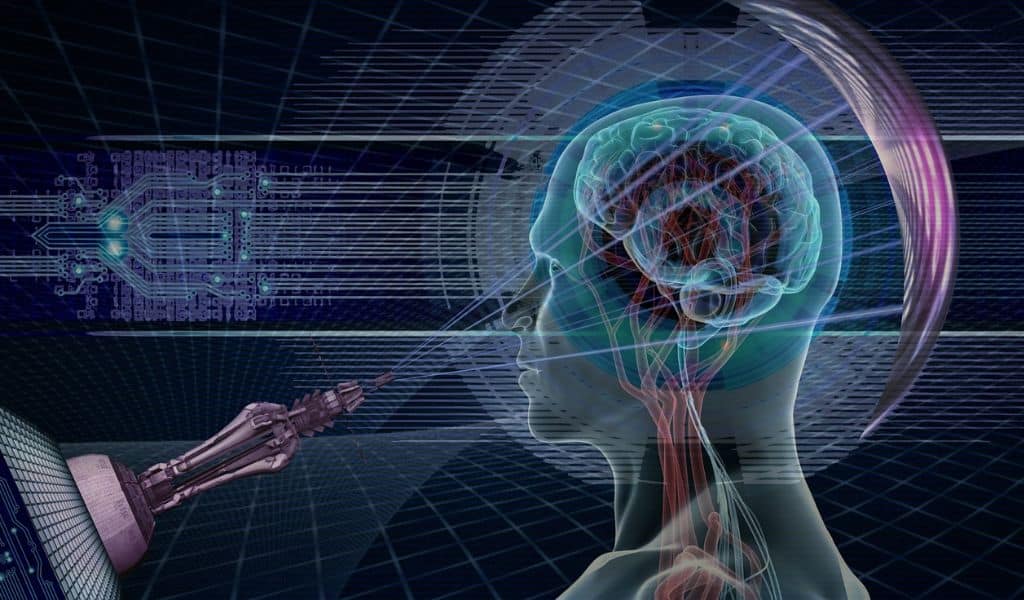Listen to the Podcast:
Scientists have found mysterious spiral signs in the human brain. The scientists who found the spirals think that they could help to organize how the brain works .
The signals were discovered in functional magnetic resonance imaging (fMRI) images of the brains of 100 young people while they were both resting and performing tasks. The signals appeared as swirling spirals of human brain waves over the outer layer of the brain.
No one knows what these vortices are for, but the people who found them think that the spiral signs might be used to connect different parts of the brain and help it process information faster. These vortices might even be affected by brain diseases like dementia, and they could be used as a model for more complicated computers that try to mimic how the mind works. The scientists wrote about their results in the journal Nature Human Behaviour on June 15.
According to Pulin Gong, an associate professor of physics at the University of Sydney, “the spirals engage in intricate interactions, playing a crucial role in organizing the brain’s complex activities, much like vortices act in turbulence.” The complex connections between numerous coexisting spirals may enable distributed and parallel brain calculations, resulting in astounding computational efficiency.
Vortex in the Cortex
The cerebral cortex, which is the wrinkly outermost layer of the brain, is in charge of many of the mind’s most complicated jobs, like memory, attention, language, perception, and even consciousness itself. The brain is affected by a lot of neurological diseases, like Alzheimer’s and cerebral palsy.
Neuroscience, on the other hand, has mostly ignored the cortex itself and instead focused on how neurons (the brain’s nerve cells) join and interact to figure out how the wrinkly organ works. Scientists used fMRI scans on 100 healthy people between the ages of 22 and 35 to find out what was going on in the cortex. Everyone had the mysterious spirals, which were made up of complex brain wave patterns of different sizes that moved around center points.
Scientists don’t know exactly what the spirals are for, but after looking at the tumultuous patterns, they think that the vortices may connect different parts of the brain into networks and sometimes even move across the cortex, acting as communication bridges. By giving the people being scanned things to do, like do math problems or listen to a story, the researchers were able to see the spirals change directions from clockwise to counterclockwise in different parts of the brain. This is a sign that the vortices might be coordinating brain activity by changing the way they spin in response to what is going on in the brain.
In the statement, the first author, Yiben Xu, a doctoral student in physics at the University of Sydney, said, “One important thing about these brain spirals is that they often appear at the boundaries between different functional networks in the brain.” “In our research, we found that these interacting spirals in the brain make it possible to change the way the brain works during different tasks that involve natural language processing and working memory. They do this by changing the direction they spin.”
The people who did the study said that it should make neuroscientists pay more attention to big changes in the brain. In the long run, brain processes at different sizes could be put together to get a better idea of how the mind works.
Gong says that learning more about how our complicated brains work could also lead to “more powerful computers that are inspired by the complicated way the human brain works here.”
Gong said, “By figuring out how the brain works and figuring out how it works together, we are getting closer to understanding cognition and how the brain works to its fullest potential.”








































